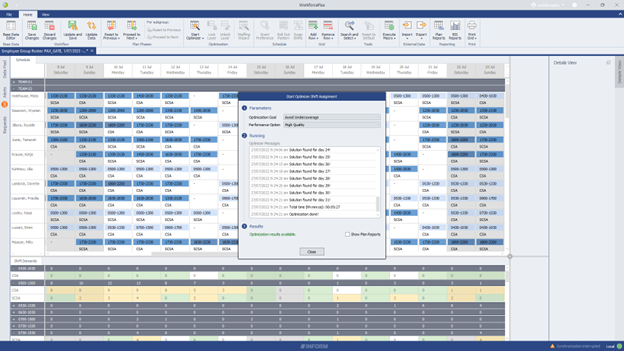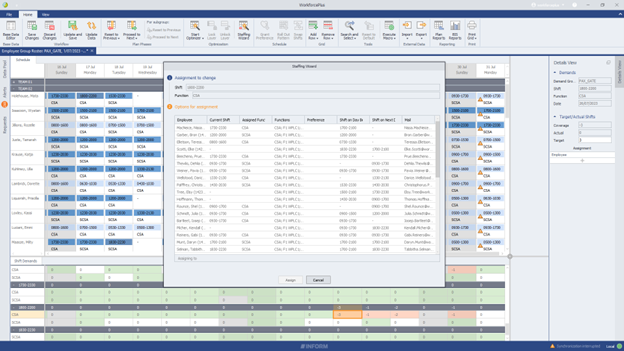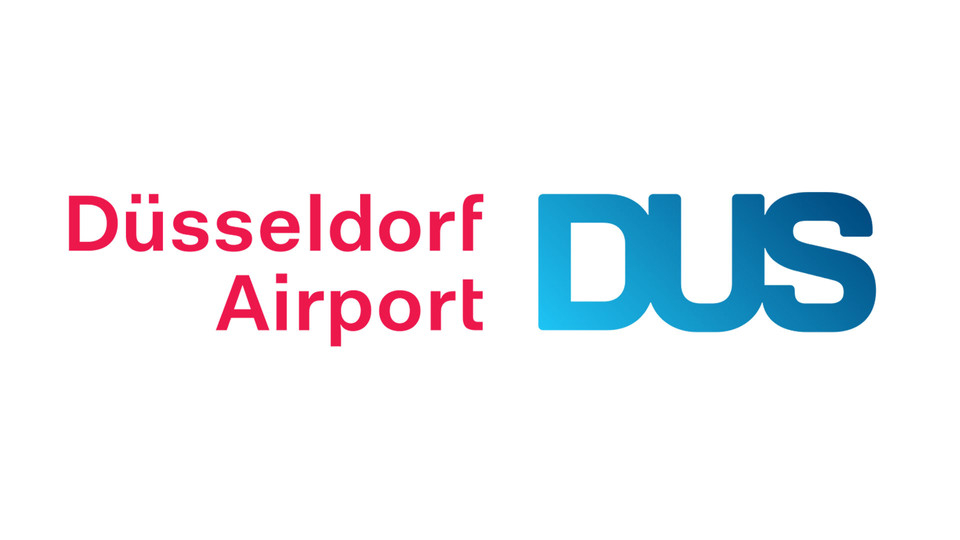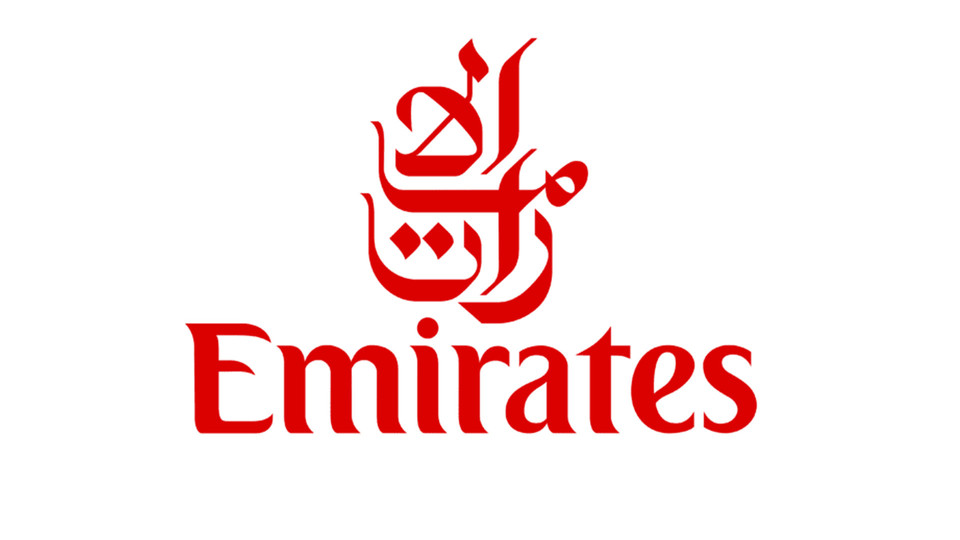Aviation Starts on the Ground
GroundStar is the complete software solution for optimizing airport and airline ground operations. Curious? Request our brochure for more information.
Have you ever wondered what it would be like to know in advance if your resources could cover the calculated demand? Accurate resource planning in aviation has always been challenging. It often involves hundreds of employees, thousands of complex tasks and a large number of constraints largely coming from changing market conditions and regulations. The pandemic brought additional challenges to planners especially related to high ground staff fluctuations. Here is where advanced Planning and Aviation Rostering Software comes into play.
Imagine being able to inform your customers two or more weeks in advance that a critical resource situation will make it impossible to cover all tasks as planned. How much time and effort could be saved by knowing this information beforehand? Being able to "look into the future" is important for precisely calculating the available resources for different possible scenarios (assumption) and planning them in advance based on shifting situations. Planning and Aviation Rostering Software, driven by advanced technologies such as hybrid Artificial Intelligence (AI), Machine Learning and proprietary algorithms, has proven an essential solution in meeting this goal.

A demo roster for July 2023. The upper table presents the employees with their shifts and functions. The lower table conveys an overview of the coverage of the functions for the shifts. The window in the middle shows the control and output window for the optimizer.
In order to analyze, if the current staff can actually cover the demand, planners need to roster into the future. WorkforcePlus enables this by taking into account all relevant planning information including employees and demands, even different demands for different seasons.
WorkforcePlus then automatically creates a roster that is compliant with labor laws, working agreements and individual agreements. It is furthermore possible to simulate different outcomes and to pursue various goals using the optimizer in WorkforcePlus.

The staffing wizard window with the customized columns and the generated list of employees who can cover the Shift-Function Demand can be seen on top of the window.
As the day of operation approaches, the roster that was initially created for a future time period undergoes changes. Employees get sick, are on short-term leave or might have left the company. New employees have joined, and the existing ones may have gained new qualifications. In addition to that, the demand might also have been adjusted. There are now new options to cover the demand and the urgent need to fill gaps. Typically, planners then generate a new roster and change the shifts and functions for all employees.
The Staffing Wizard in WorkforcePlus automatically offers suggestions as to which staff members can cover absences or open shifts, following the rules of the WorkforcePlus configuration. With the help of the Staffing Wizard, planners can tackle the short-term challenges without disrupting the existing plan more than necessary.
Reliable, consistent, and current data is crucial for quality planning. To assure compliance with data protection requirements, employees’ qualifications, availability, and restrictions need to be stored and managed securely in one master system which is closely linked to all other relevant systems. This creates transparency and enables planners to react quickly at all times. WorkforcePlus provides and overview of employees’ clocked working times, remaining annual leave, worked functions and other criteria depending on what is needed. Employee data can be imported from existing systems and manually maintained by the user in WorkforcePlus. The employee data is then, along with many other things, used to display warnings if restrictions are violated, and is one of the inputs utilized by the Optimizer.
To further use certain data, it can be written back from WorkforcePlus into the software ecosystem or be displayed in reports in many ways and formats.
When it comes to supporting optimal flight schedules, managing ground staff fluctuations is critical. Without this, there could be a domino effect bringing negative consequences across all operational areas. By working with assumptions, it is possible to improve the assessment of flight schedule changes using “what-if” analyses. Planners can create long-term, mid-term and short-term resource plans for staff and equipment based on different scenarios and changing variables towards maximizing capacity utilization. But what if we could go one step further, and instead of working with assumptions alone, we could predict resource availability well in advance of the day of operation?


Sandra Gaviria
Marketing Manager
Aviation has become one of her great passions since she first got on an airplane at the age of 5. Years later, namely in 2020, that passion led her to a career at INFORM, where she started as Marketing Manager in the Aviation Division. Today, she is responsible for digital projects, particularly those relating to social media.
A selection of some of our customers.

